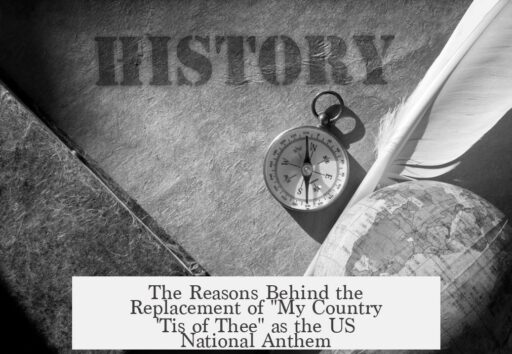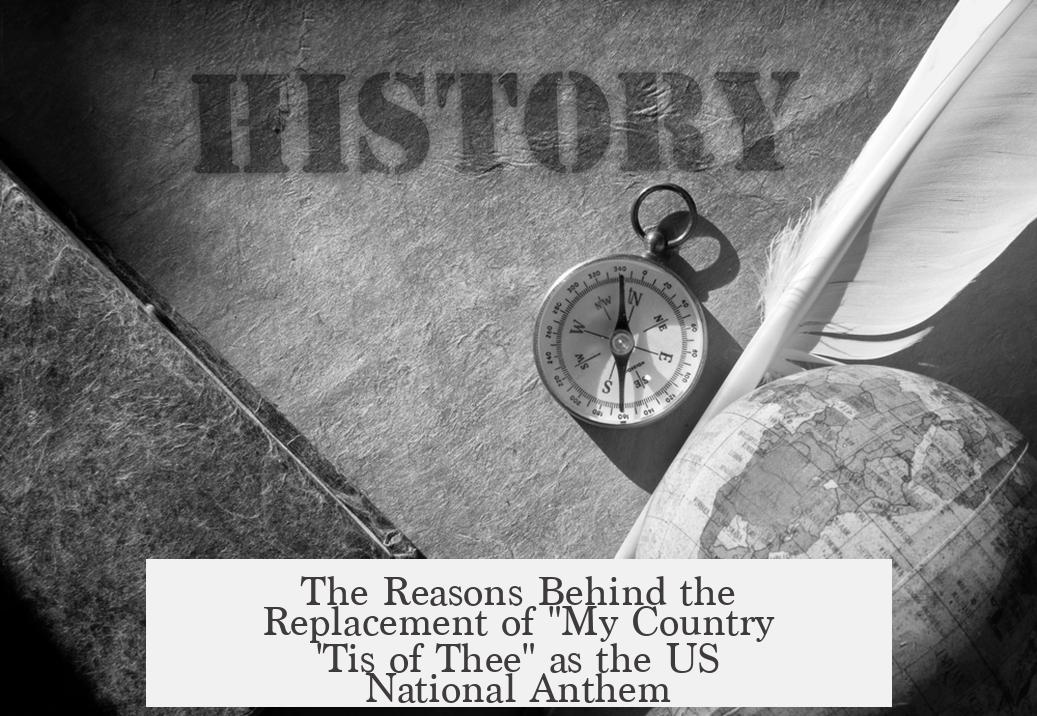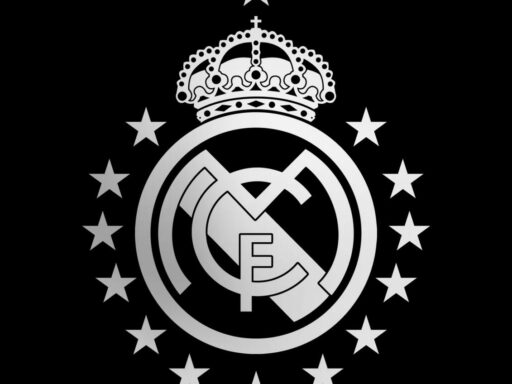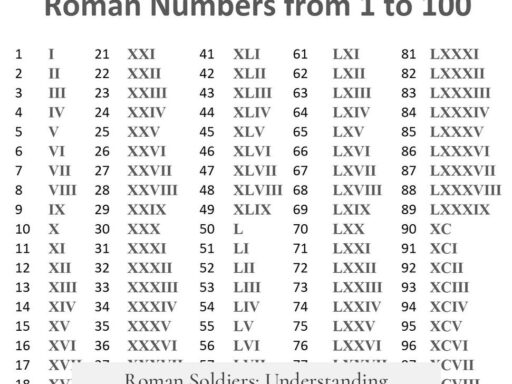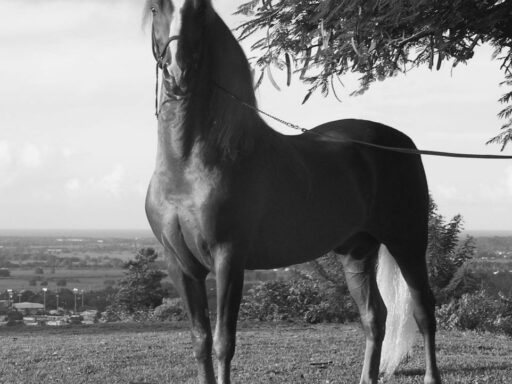“My Country, ‘Tis of Thee” was never officially the United States national anthem and was not formally dropped; rather, it remained an unofficial patriotic song while “The Star-Spangled Banner” became the legal anthem in 1931.
The misconception that “My Country, ‘Tis of Thee” was replaced stems from its historical role. It served as a beloved patriotic tune throughout the 19th century, sharing the melody with the British anthem “God Save the King.” Its lyrics, penned by Reverend Samuel Francis Smith in 1831, quickly gained popularity. The song’s first public performance was by a children’s choir in Boston on July 4, 1831.
Despite its widespread use, “My Country, ‘Tis of Thee” never held de jure status as an official anthem. It acted as a de facto national hymn, frequently sung at patriotic events, schools, and government ceremonies.
The melody of “My Country, ‘Tis of Thee” has European roots and was used by prominent composers like Beethoven and Haydn. This shared tune with Britain’s anthem caused some Americans to prefer a distinct and uniquely American anthem later on.
Meanwhile, “The Star-Spangled Banner,” written by Francis Scott Key during the War of 1812, gained military popularity. In the late 19th and early 20th centuries, different branches of the U.S. military adopted the song:
- In 1892, Colonel Caleb Carlton from Fort Meade, South Dakota, started the tradition of playing the song at military retreats and parades.
- The Navy officially adopted it around 1899.
- President Woodrow Wilson ordered in 1916 that the song be played at military ceremonies.
Public familiarity grew as “The Star-Spangled Banner” was played increasingly at baseball games and other public events.
In 1930, the Veterans of Foreign Wars initiated a petition to make “The Star-Spangled Banner” the official national anthem. Over five million people signed this petition, reflecting widespread popular support during the economic and social uncertainty of the Great Depression. Congress officially adopted the song into law in 1931 as the United States’ national anthem.
Aside from military and public adoption, other patriotic songs like “America the Beautiful” and “Columbia, Gem of the Ocean” were also popular but never formally recognized as national anthems.
The motivations for choosing “The Star-Spangled Banner” over “My Country, ‘Tis of Thee” included a desire for a unique anthem distinct from British influences and a reflection of an increasingly militarized American identity in the 20th century.
There is a noted but less documented claim that “My Country ‘Tis of Thee” was associated with controversial groups like the Ku Klux Klan, which might have influenced some to prefer a different anthem, though historical evidence is limited on how significant this factor was in the anthem’s official adoption process.
The song’s legacy endures due to performances by artists like Marian Anderson. In 1939, Anderson famously sang “My Country, ‘Tis of Thee” at the Lincoln Memorial after being barred from performing at the whites-only DAR Constitution Hall. This event reinforced the song’s patriotic and unifying symbolism despite the evolving status of national anthems.
| Song | Status | Year | Notes |
|---|---|---|---|
| My Country, ‘Tis of Thee | Unofficial patriotic hymn | 1831 – 1931 | Shared melody with British anthem; never official |
| The Star-Spangled Banner | Official national anthem | 1931 – Present | Adopted legally following military and public adoption |
In summary, “My Country, ‘Tis of Thee” was never formally the U.S. national anthem, so it wasn’t dropped but rather overshadowed legally and culturally by “The Star-Spangled Banner.” The latter’s military use, public support, and unique American identity led Congress to adopt it officially in 1931.
- “My Country, ‘Tis of Thee” functioned as an unofficial anthem but shared melody with Britain’s anthem.
- “The Star-Spangled Banner” grew in military and public prominence from the late 1800s.
- Over five million petitioned in 1930 for official anthem status for “The Star-Spangled Banner.”
- The legal adoption of “The Star-Spangled Banner” occurred in 1931, cementing its status.
- Possible associations of “My Country, ‘Tis of Thee” with controversial groups were minor influences.
Why was “My Country ‘Tis of Thee” never the official national anthem?
It was never legally adopted as the US national anthem. It remained a popular patriotic song but lacked official status until “The Star-Spangled Banner” was codified in the 1930s.
How did “The Star-Spangled Banner” replace “My Country ‘Tis of Thee”?
The military began using “The Star-Spangled Banner” in ceremonies in the late 1800s. Public and military support grew, culminating in a large petition and legal adoption in 1931.
Did associations with groups like the Ku Klux Klan influence the change?
Yes. “My Country ‘Tis of Thee” became linked with the Ku Klux Klan, which affected its popularity and contributed to the shift toward “The Star-Spangled Banner.”
What role did public opinion play in adopting the new anthem?
About five million people signed a petition supporting “The Star-Spangled Banner,” showing widespread public desire for an official anthem, which helped lawmakers act quickly.
Was “My Country ‘Tis of Thee” connected to other national anthems?
Its melody is shared with Britain’s “God Save the King.” This shared tune might have influenced decisions to adopt a more uniquely American anthem.
Did traditions using “My Country ‘Tis of Thee” persist after it lost official favor?
Some military and public events continued playing it. However, it gradually faded as “The Star-Spangled Banner” became entrenched at official ceremonies and public events.
